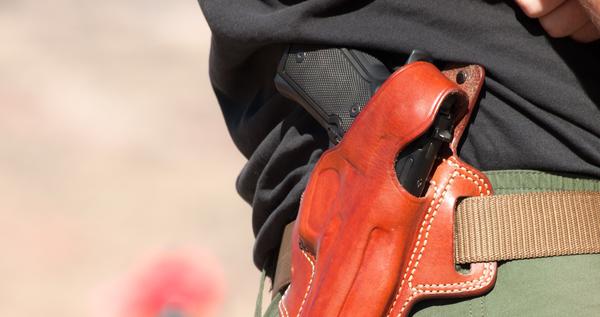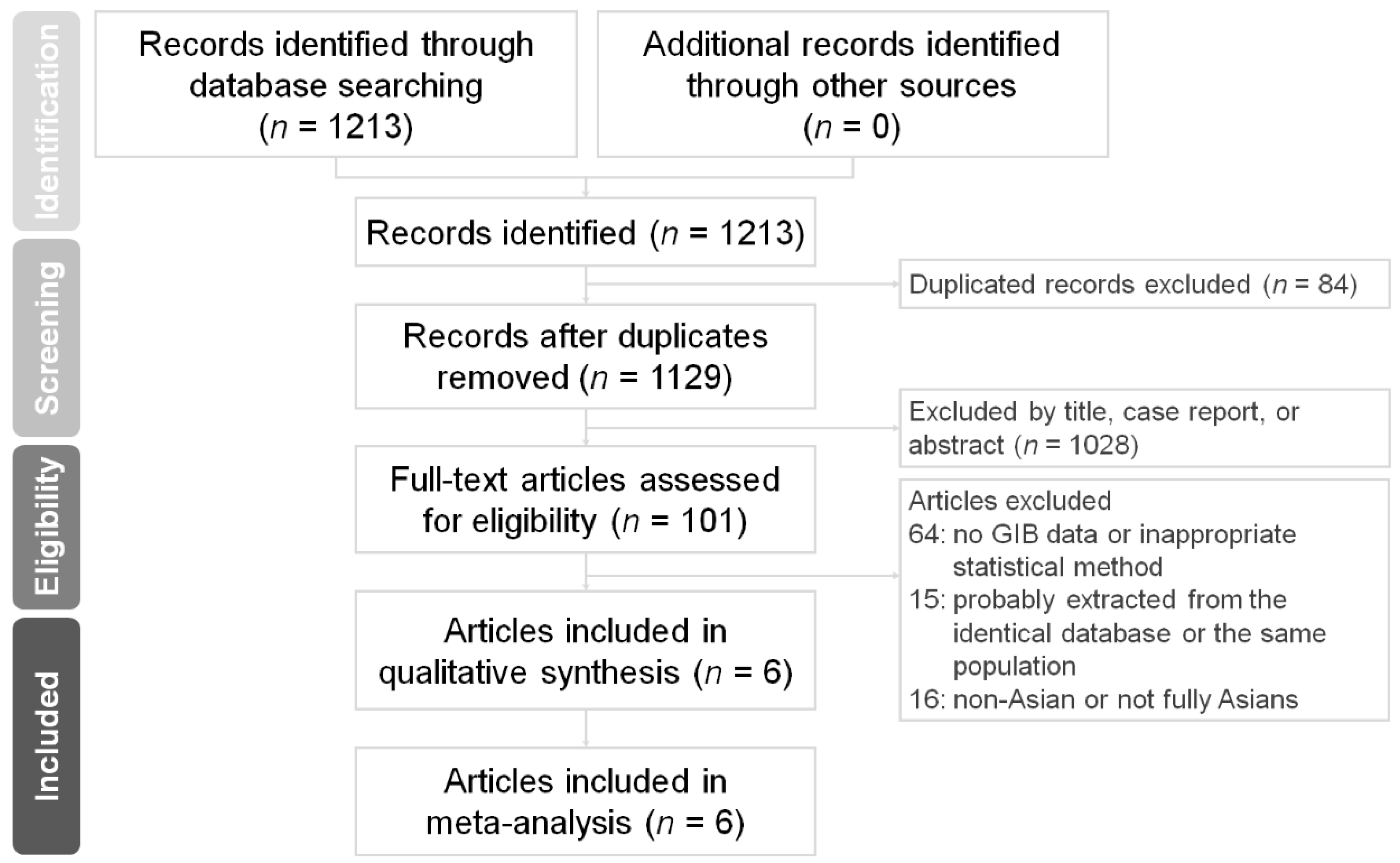Contents
- I. Introduction to Holster-Related Accidents
- II. Understanding the Importance of Holster Safety
- III. Common Causes of Holster-Related Accidents
- IV. Analysis of Holster-Related Accidents
- V. Lessons Learned from Holster-Related Accidents
- VI. Best Practices for Holster Safety
- VII. Frequently Asked Questions about Holster-Related Accidents
- 1. What are the main causes of holster-related accidents?
- 2. How can I prevent holster-related accidents?
- 3. Are there specific types of holsters that are safer than others?
- 4. Can wearing an improperly fitted holster lead to accidental discharge?
- 5. Should I always keep my finger off the trigger when using a holstered firearm?
- 6. Is it safe to carry a loaded firearm in a holster?
- 7. Can holster-related accidents be prevented through training alone?
- 8. What should I do if I witness or experience a holster-related accident?
I. Introduction to Holster-Related Accidents

When it comes to firearms safety, one aspect that often gets overlooked is the importance of proper holster usage. Holsters are designed to securely hold firearms and provide quick access when needed. However, if not used correctly or with the right precautions, holster-related accidents can occur.
The Need for Holster Safety
Firearms enthusiasts and professionals alike understand the significance of maintaining a high level of safety when handling guns. This includes understanding how to safely carry and store firearms in holsters. Unfortunately, there have been instances where negligence or lack of knowledge resulted in injuries or even fatalities due to holster accidents.
Types of Holster-Related Accidents
Holster-related accidents can take various forms depending on the circumstances and user behavior. Some common types include:
- Negligent Discharges: Improper handling or manipulation of a firearm while removing it from a poorly designed or ill-fitting holster can lead to unintentional discharges.
- Inadequate Retention: If a holster fails to securely hold the firearm in place, accidental drops may occur during regular activities such as running or bending down.
- Finger Placement Errors: Placing fingers incorrectly on triggers while drawing or re-holstering a firearm increases the risk of accidental discharges.
- Misidentification Issues: In dynamic situations where time is limited, mistaking an object for a threat due to poor visibility within the holster can result in unintended shots fired.
The Importance of Training and Education
To mitigate these risks effectively, proper training and education are essential. Firearm owners must familiarize themselves with their specific holsters and practice safe handling techniques regularly. This includes understanding how to draw, re-holster, and maintain situational awareness during holster-related actions.
Holster Design Considerations
Holster manufacturers play a significant role in preventing accidents by creating designs that prioritize safety without sacrificing accessibility. Features such as adjustable retention levels, trigger guards, and proper positioning on the body can minimize the risk of mishaps.
Conclusion
Understanding the potential dangers associated with improper holster use is crucial for every firearm owner. By prioritizing education, training, and selecting appropriate holsters designed for safety and functionality, individuals can greatly reduce the likelihood of holster-related accidents.
II. Understanding the Importance of Holster Safety

When it comes to carrying a firearm, one cannot emphasize enough the significance of holster safety. The proper use and selection of a holster can make all the difference in preventing accidents and ensuring personal safety. In this section, we will delve into why holster safety should be a top priority for every gun owner.
The Role of Holsters in Firearms Safety
Holsters serve as protective housing for firearms when they are not in use. They provide a secure and accessible way to carry handguns, keeping them safely holstered until needed for self-defense or other lawful purposes. By keeping the trigger guard covered and preventing accidental discharges, holsters play an integral role in maintaining firearm safety.
Preventing Unintentional Trigger Manipulation
A well-designed holster minimizes the risk of unintentional trigger manipulation or accidental discharge by providing adequate retention mechanisms that securely hold the firearm in place. This prevents any unwanted movement that could lead to dangerous situations such as negligent discharges.
Proper Holster Selection
Selecting the right holster is crucial for both comfort and safety reasons. It’s important to choose a model specifically designed for your firearm type, ensuring a snug fit that prevents excessive movement within the holster itself. Additionally, considering factors like draw speed, concealment options, and personal preferences will help you find a suitable choice that meets your needs without compromising on safety.
Maintaining Firearm Accessibility
A good holster not only keeps your handgun secure but also allows quick access when necessary. Accessibility is especially crucial during emergencies where split seconds count; having an easily reachable weapon can mean life or death situations being effectively addressed with minimal delay.
Frequent Inspection and Maintenance
Regular inspection and maintenance of your holster are just as important as the upkeep of your firearm. Over time, holsters may wear out or become damaged, compromising their effectiveness. By routinely inspecting for any signs of wear and tear, you can proactively address potential issues before they lead to accidents.
Safe Carrying Practices
Incorporating safe carrying practices into your daily routine is a vital aspect of holster safety. Always ensure that the muzzle is pointed in a safe direction when holstering or drawing your firearm. Additionally, familiarize yourself with proper trigger finger placement outside the trigger guard until ready to fire.
By understanding the importance of holster safety and adhering to best practices, gun owners can significantly reduce the risk of accidents while ensuring both personal safety and that of those around them.
III. Common Causes of Holster-Related Accidents

When it comes to holster-related accidents, there are several common causes that contribute to these unfortunate incidents. Understanding these causes can help raise awareness and prevent future accidents from occurring.
Lack of Proper Training
One of the main reasons behind holster-related accidents is a lack of proper training. Many individuals who carry firearms may not receive adequate instruction on how to safely use and handle their holsters. This can lead to mishaps such as accidental discharges or improper reholstering techniques.
Poor Holster Design or Quality
The design and quality of a holster play a significant role in ensuring firearm safety. Poorly designed or low-quality holsters may not securely hold the firearm, leading to unintentional trigger pulls or dislodging while carrying the weapon. It is essential for gun owners to invest in high-quality holsters that are specifically designed for their firearms.
Inadequate Trigger Guard Protection
An inadequate trigger guard protection feature on a holster can also contribute to accidents. If the trigger guard is not properly covered or protected, objects or clothing can inadvertently enter the trigger area, causing an accidental discharge when drawing or reholstering the firearm.
Negligent Handling Practices
Negligence when handling firearms is another factor that leads to holster-related accidents. Failure to adhere to basic safety rules such as keeping fingers off triggers unless intending to shoot and maintaining control over the muzzle direction can result in unintended discharges while handling holstered weapons.
Misuse of Holster Accessories
Using aftermarket additions or modifications on holsters without proper understanding and knowledge can also increase the risk of accidents. Accessories like extended magazine releases or trigger modifications may interfere with the secure retention of the firearm, leading to unintentional discharges.
Failure to Regularly Inspect and Maintain Holsters
Over time, holsters can experience wear and tear that compromises their effectiveness. Failure to regularly inspect and maintain holsters can lead to malfunctions or failures when holstering or drawing a firearm. It is crucial for gun owners to routinely check their holsters for any signs of damage or deterioration.
Overall, it is essential for gun owners to prioritize proper training, invest in high-quality holsters, and practice safe handling techniques. By understanding the common causes of holster-related accidents, individuals can take proactive measures to prevent such incidents from occurring and ensure the safety of themselves and those around them.
IV. Analysis of Holster-Related Accidents

Holster-related accidents can have serious consequences, highlighting the importance of proper holster usage and safety precautions. By analyzing these incidents, valuable lessons can be learned to prevent future accidents and promote responsible firearm handling.
1. Types of Holster-Related Accidents
There are several types of holster-related accidents that commonly occur. The most common is unintentional discharge due to improper trigger finger placement when reholstering a firearm. In some cases, the trigger may snag on clothing or other objects during the process, leading to an accidental discharge.
2. Factors Contributing to Holster-Related Accidents
Various factors contribute to holster-related accidents, including inadequate training and unfamiliarity with the specific holster design being used. Rushing during reholstering or failing to maintain proper awareness of one’s surroundings can also increase the risk of an accident occurring.
3. Impact on Firearm Safety Education
Holster-related accidents serve as reminders for both individuals and organizations involved in firearm safety education programs about the importance of comprehensive training that covers all aspects related to holsters. These incidents underscore the need for clear instructions on safe reholstering techniques and continuous practice until proper muscle memory is developed.
4. The Role of Proper Holsters in Accident Prevention
The type and quality of a holster play a significant role in preventing accidental discharges or injuries from occurring while carrying a firearm. A well-designed holster should provide adequate trigger protection, retain the firearm securely, be comfortable for extended wear, allow for easy access when needed, and minimize any potential obstruction or interference with reholstering.
5. Lessons Learned from Past Incidents
Studying past holster-related accidents can provide valuable insights and lessons for both firearm owners and manufacturers. These incidents highlight the importance of regular maintenance and inspection of holsters to ensure they remain in optimal condition. Additionally, understanding the limitations and potential risks associated with specific holster designs can guide individuals in making informed choices when selecting a holster for their needs.
V. Lessons Learned from Holster-Related Accidents

When it comes to holster-related accidents, there are several important lessons that can be learned. These incidents serve as a reminder of the critical role proper holster usage and firearm handling play in ensuring safety for both gun owners and those around them.
1. Importance of High-Quality Holsters
One key lesson is the significance of investing in high-quality holsters. Cheap or poorly designed holsters may lack necessary retention features, increasing the risk of accidental discharges. It’s crucial to choose holsters specifically designed for the intended firearm, ensuring a secure fit and reliable retention mechanisms.
2. Proper Holster Selection for Different Carry Positions
The way a firearm is carried greatly influences its accessibility and potential risks. Whether it’s appendix carry, strong-side hip carry, shoulder carry, or any other method, understanding how each position affects draw speed and comfort is vital in preventing accidents.
3. Consistent Training on Draw Techniques
Adequate training on drawing techniques can significantly reduce the likelihood of accidental discharges during holstering or unholstering firearms. Practicing safe drawing drills regularly helps develop muscle memory and ensures smooth movements while maintaining trigger discipline.
4. Finger Placement Outside Trigger Guard
An essential aspect emphasized by these accidents is keeping fingers outside the trigger guard until ready to shoot intentionally. Placing fingers inside the trigger guard prematurely drastically increases the chances of unintentional discharges when holstering or adjusting firearms within their holsters.
5. Mindful Re-Holstering Practices
Holstering should always be done with utmost care and focus to avoid any contact between clothing or body parts with triggers during the process. Rushing or neglecting proper re-holstering techniques can lead to negligent discharges and potentially life-threatening consequences.
6. Regular Inspection and Maintenance
Firearm owners should frequently inspect their holsters for wear, tear, or any damage that may affect performance. Additionally, regular cleaning and maintenance of both the firearm and holster are necessary to ensure smooth operation and prevent any malfunctions that could result in accidents.
Overall, these lessons highlight the significance of responsible firearm ownership, adequate training, and selecting appropriate holsters suitable for individual needs. By following these guidelines strictly, gun owners can significantly reduce the risks associated with holster-related accidents while enjoying a safe shooting experience.
VI. Best Practices for Holster Safety
When it comes to holster safety, following best practices can significantly reduce the risk of accidents and ensure the safe handling of firearms. Whether you are a seasoned gun owner or a novice, incorporating these guidelines into your routine is crucial for responsible gun ownership.
1. Choose the Right Holster
The first step in ensuring holster safety is selecting the appropriate holster for your firearm. Consider factors such as retention level, comfort, accessibility, and concealment options when making your choice. It’s essential that the holster securely holds the weapon while allowing quick and easy access when needed.
2. Practice Proper Trigger Discipline
One of the most critical aspects of firearm safety is keeping your finger off the trigger until you’re ready to shoot. This principle applies not only during handling but also when reholstering or adjusting your weapon in its holster. By maintaining proper trigger discipline at all times, you minimize accidental discharges.
3. Regularly Inspect Your Holster
A well-maintained holster plays an integral role in preventing accidents. Routinely inspect your holster for signs of wear and tear that may compromise its functionality or retention capabilities. Check for loose screws or any damage that may hinder secure firearm storage.
4. Train with Your Holster
Becoming proficient with your chosen holster is crucial for safe firearm handling and quick draws when necessary. Regularly practice drawing and reholstering using unloaded firearms under controlled conditions to improve muscle memory and familiarize yourself with its operation.
5.Educate Yourself on Safe Handling Techniques
No matter how experienced you are as a gun owner, continuous education on safe handling techniques is essential. Stay up to date with the latest industry standards, attend training courses, and familiarize yourself with local laws and regulations.
6. Always Holster Carefully
When reholstering your firearm, do so slowly and deliberately. Ensure that clothing or other objects do not obstruct the holster’s opening and avoid placing fingers near the trigger guard during this process. Taking extra care when holstering can prevent accidental discharges.
By following these best practices for holster safety, you can minimize the risk of accidents and promote responsible gun ownership. Remember that safety should always be a top priority when handling firearms, and continuous vigilance is key to preventing unfortunate incidents.
VII. Frequently Asked Questions about Holster-Related Accidents
Here are some commonly asked questions regarding holster-related accidents:
Holster-related accidents can occur due to various reasons, including improper handling or storage of firearms, using a faulty or poorly designed holster, inadequate training in firearm safety, and negligent behavior.
To avoid such incidents, it is crucial to follow proper firearm safety protocols. This includes investing in a high-quality and secure holster that fits your firearm correctly, regularly inspecting the condition of your equipment for any damage or wear, undertaking comprehensive training on safe handling and drawing techniques, practicing situational awareness at all times while carrying a holstered weapon.
3. Are there specific types of holsters that are safer than others?
The safety of a holster depends on various factors such as its design, materials used, retention mechanisms employed (e.g., thumb break straps), and proper fit for your specific firearm model. It is recommended to choose holsters from reputable manufacturers that prioritize safety features and have positive customer reviews.
4. Can wearing an improperly fitted holster lead to accidental discharge?
Absolutely! An ill-fitting or loose-fitting holster may allow foreign objects like debris or clothing to enter the trigger guard area inadvertently. This significantly increases the risk of an unintentional discharge when attempting to draw or re-holster your weapon.
5. Should I always keep my finger off the trigger when using a holstered firearm?
Absolutely! Proper trigger discipline is paramount when handling firearms at all times; this includes during drawing and re-holstering. Keeping your finger off the trigger until you have a clear sight picture and are ready to fire minimizes the risk of accidental discharges.
6. Is it safe to carry a loaded firearm in a holster?
Carrying a loaded firearm in a holster can be safe if proper safety precautions are followed. This includes ensuring that the trigger is covered and protected, using holsters with adequate retention mechanisms, and practicing responsible handling techniques.
No, training alone is not sufficient to prevent holster-related accidents entirely. While extensive training plays a crucial role in promoting safe firearm handling practices, it should always be combined with proper equipment selection, regular maintenance checks on both firearms and holsters, and continuous vigilance when carrying concealed weapons.
If you witness or experience an accident involving an improperly handled or malfunctioning holster, immediately ensure everyone’s safety by following emergency protocols such as calling for medical assistance if necessary or contacting law enforcement authorities to report the incident.
These frequently asked questions aim to provide general information about holsters’ role in accidents while emphasizing the importance of proper firearm safety measures at all times. Remember that seeking professional advice from certified instructors or experts will help further enhance your knowledge and understanding of this subject matter.<

Brian Belko is a freelance writer and blogger. His primary areas of focus include the outdoors and shooting sports. In addition to his freelance work, Brian also writes for Wide Open Spaces and is on the Pro Staff at Military Hunting and Fishing. When he isn’t busy writing, Brian enjoys fishing farm ponds for bass and hitting the spring woods during turkey season.
